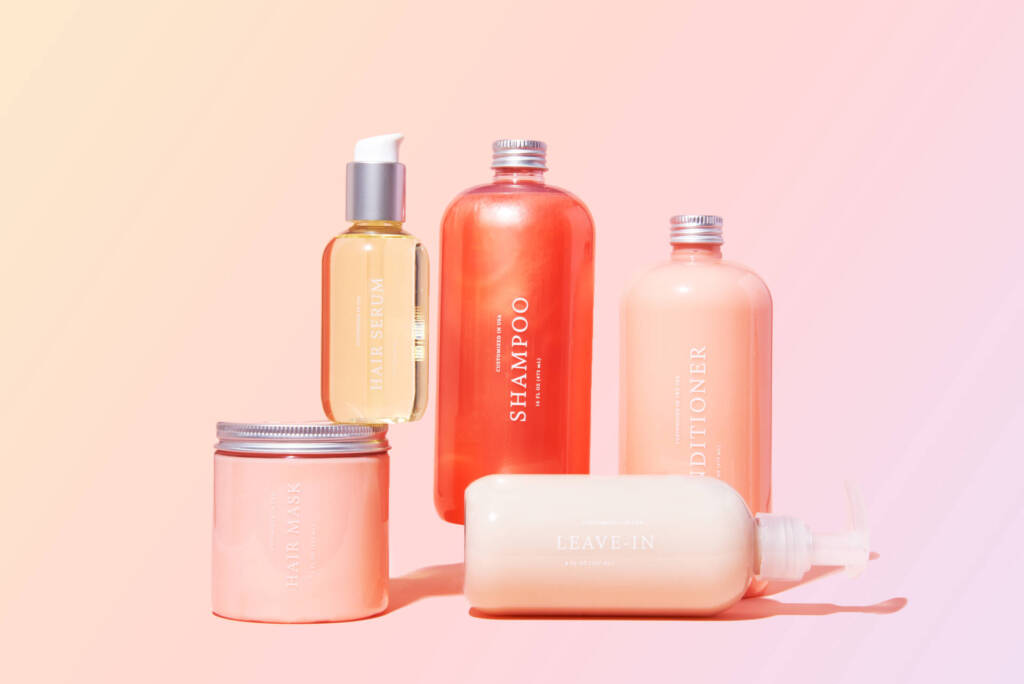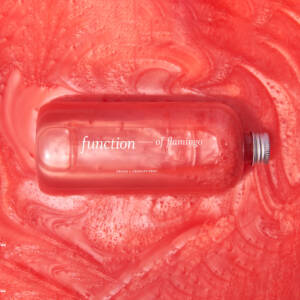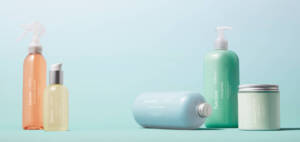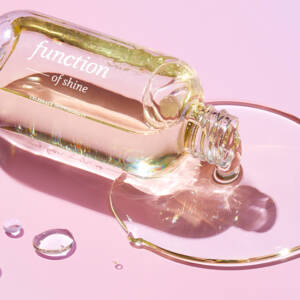You’ve probably heard them all — “don’t use conditioner if you have oily hair” or “cutting your hair frequently will make it grow faster” — those hair myths that have been around for so long, we’ve accepted them as scientific fact. But, trust us when we say, there is a lot of fake news out there when it comes to determining how you should care for your hair. To help you separate follicular fact from fiction, we popped by the Function of Beauty lab to have our chemists help us uncover the truth about some of the most common hair misconceptions out there. From how frequently you should be washing your hair to whether or not you should be air-drying it, here’s the hair care truth.
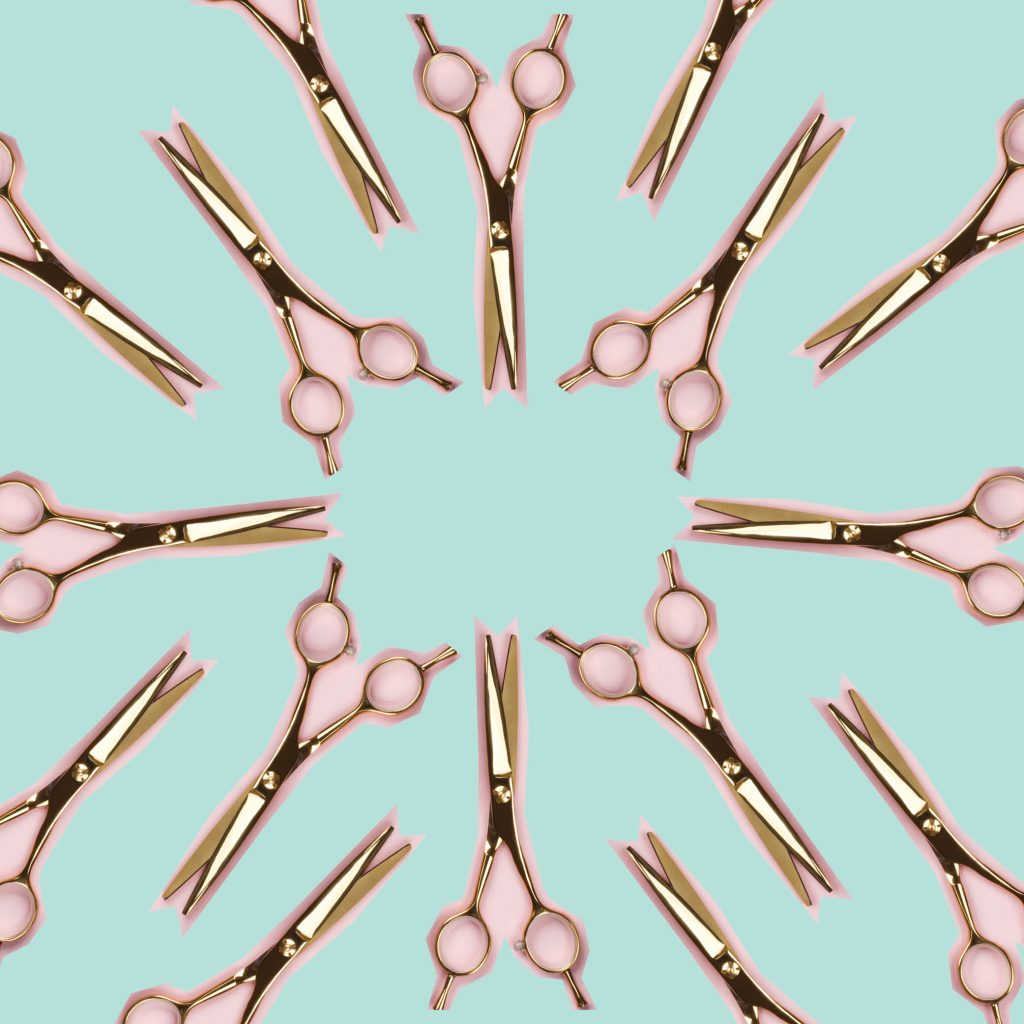
MYTH 1: Cutting your hair frequently makes it grow faster.
TRUTH: It’s widely believed that a trim every 4-6 weeks can speed up your hair’s growth process, but the truth of the matter is that’s just more fake news. Hair growth occurs at the roots, not at the ends, so cutting the ends of your hair (which we should remind you are not living entities) doesn’t actually affect the follicles that are in charge of your hair’s growth. Still, while regular trims may not affect how fast or how much your hair grows, there’s no denying that they do help with your hair’s overall appearance as they help eliminate split ends, which can often make hair look thin or sparse at the bottom. If you are trying to grow your hair out, we recommend getting a trim every 8-12 weeks to keep split ends at bay while it grows. You can also add the “nourish roots” and “lengthen” hair goals to your Function of Beauty formula, which use natural ingredients like pea sprout and blue-green algae to help stimulate the hair follicles, so your hair has everything it needs to grow long and strong.
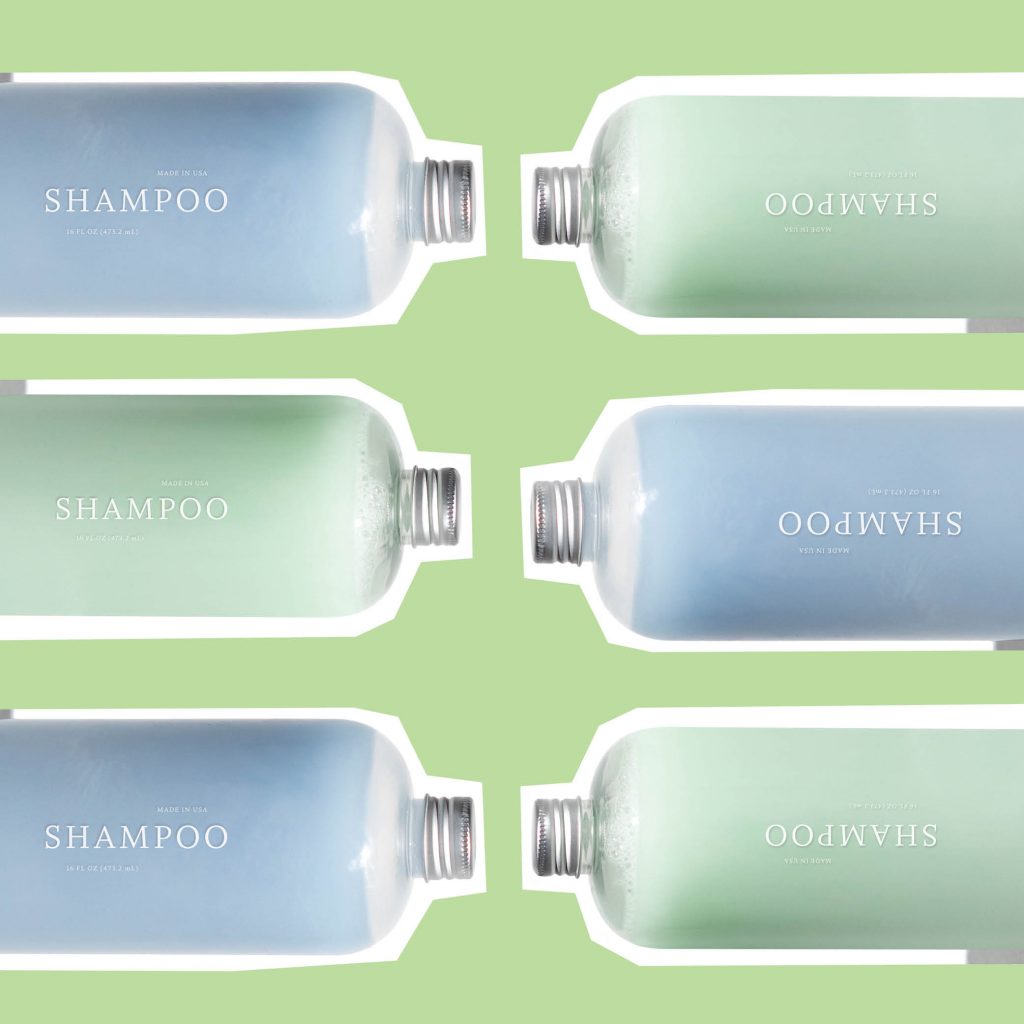
MYTH 2: Frequent shampooing damages your hair.
TRUTH: Given the rise of dry shampoo in recent years, you’ve likely heard through the grapevine that frequent shampooing can cause severe damage to your strands. Yeah, not true. How often you cleanse your mane is entirely up to you and is dependent upon your hair type, hairstyle, and lifestyle. If your hair is oily at the roots, wash it. If not, skip washing until it starts to feel greasy again. Either way, you want to make sure you’re washing your hair with a shampoo that’s formulated for your hair type at least every couple of days as infrequent washing can lead to a buildup of dead cells, product residue, oil, and bacteria—all of which can cause inflammation (a.k.a the serious damage).
MYTH 3: Stress causes gray hair.
TRUTH: Your mom is likely to blame for this common misconception (if only we had a dime for every time she said our behavior was causing her to go gray), but this is definitely one thing she didn’t get right (sort of). That’s because graying is multivariable equation that is determined mostly by genetics and aging. As you age, you naturally produce less melanin (the molecules responsible for your hair’s color), which causes new hair to come in gray. Still, while there is currently little scientific evidence that stress causes your hair to actually turn gray, it can speed up the aging and fallout process, which would cause you to experience more incoming gray hairs if your body is already producing less melanin. In other words, stress over time may hasten the graying process, but there is no strong scientific evidence demonstrating a cause-and-effect relationship, so why stress over it?
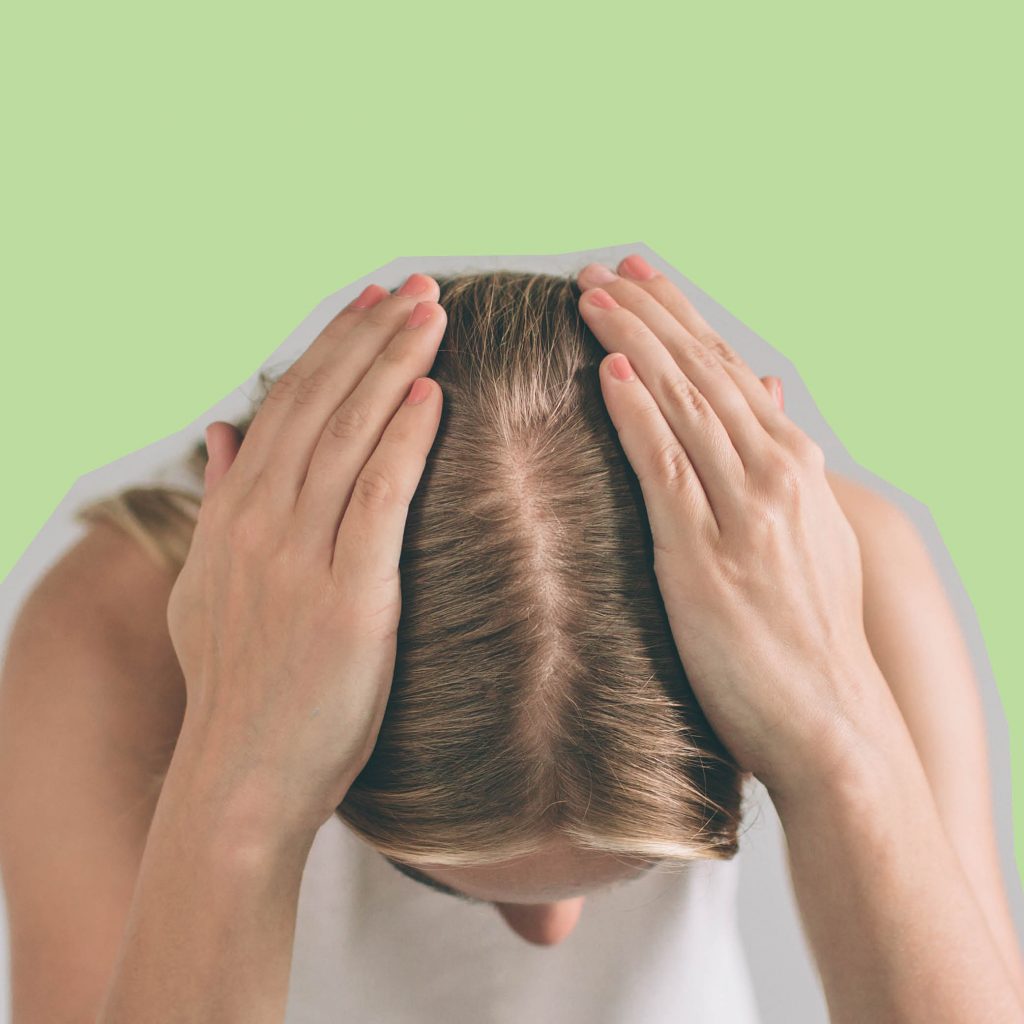
MYTH 4: You should skip conditioner if you have greasy hair.
TRUTH: Greasy hair is not caused by conditioning your hair—period. Instead, it’s brought on when too much sebum—a type of oil your body naturally produces—is produced by the scalp tissues, causing buildup. Like a proper shampoo then, conditioner is not only okay for oily hair types to use but also necessary, as it helps provide a healthy dose of hydration, nourishment, and protection that it otherwise wouldn’t get. The key is to find one that works for your individual hair needs like Function of Beauty’s, which can be fully customized according to your hair type and hair goals. We advise applying the conditioner just at the ends, avoiding the scalp entirely, to help keep your hair from looking flat or weighed down.
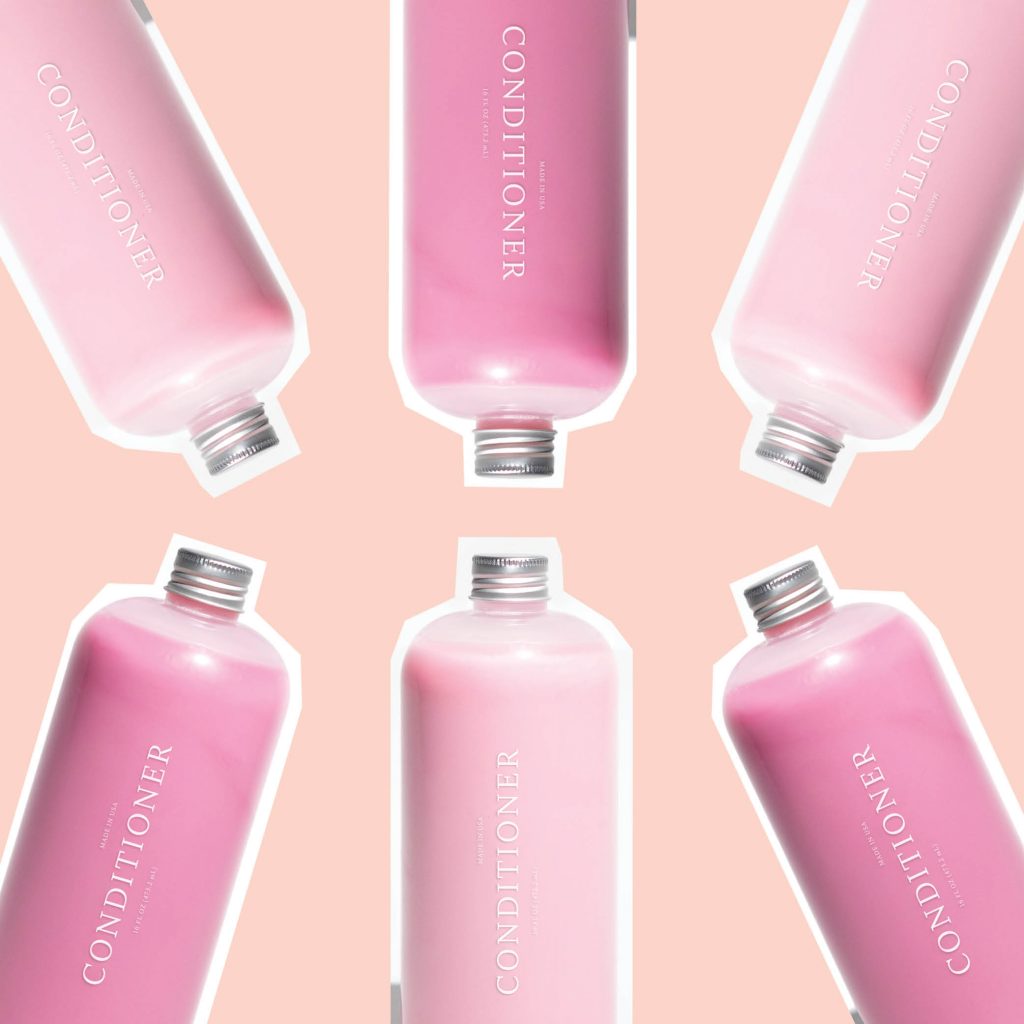
MYTH 5: You should switch up your shampoo and conditioner every couple of months.
TRUTH: Are you guilty of buying a new brand of shampoo and conditioner every month, solely to prevent your hair from getting “used to it?” Don’t bother—your hair isn’t a living thing, which means it can’t become immune to your favorite products. What it can do, however, is respond differently to certain environmental factors, such as cold weather, humidity, or color treatments, which can give you the impression that your go-to formula is no longer working. Rather than throwing out your entire hair care routine, we suggest just switching up the hair goals of your Function of Beauty formula, so that you can better address your hair’s needs at that particular moment. And once you’ve found the right formula, stick with it—the longer you keep using it, the more benefits you’ll see.
MYTH 6: If you pluck one gray hair, two more will grow in its place.
TRUTH: We’re not even sure where this one came from, but it’s totally false. Tweezing one or two gray hairs won’t lead to more gray hairs (remember gray hairs are determined mostly by genetics and aging). Still, it’s not advisable as plucking your grays may lead to thinning or scarring, which could prevent hair regrowth at that spot in the future. In other words, it’s best just to let Mother Nature do her thing (or maybe your stylist).
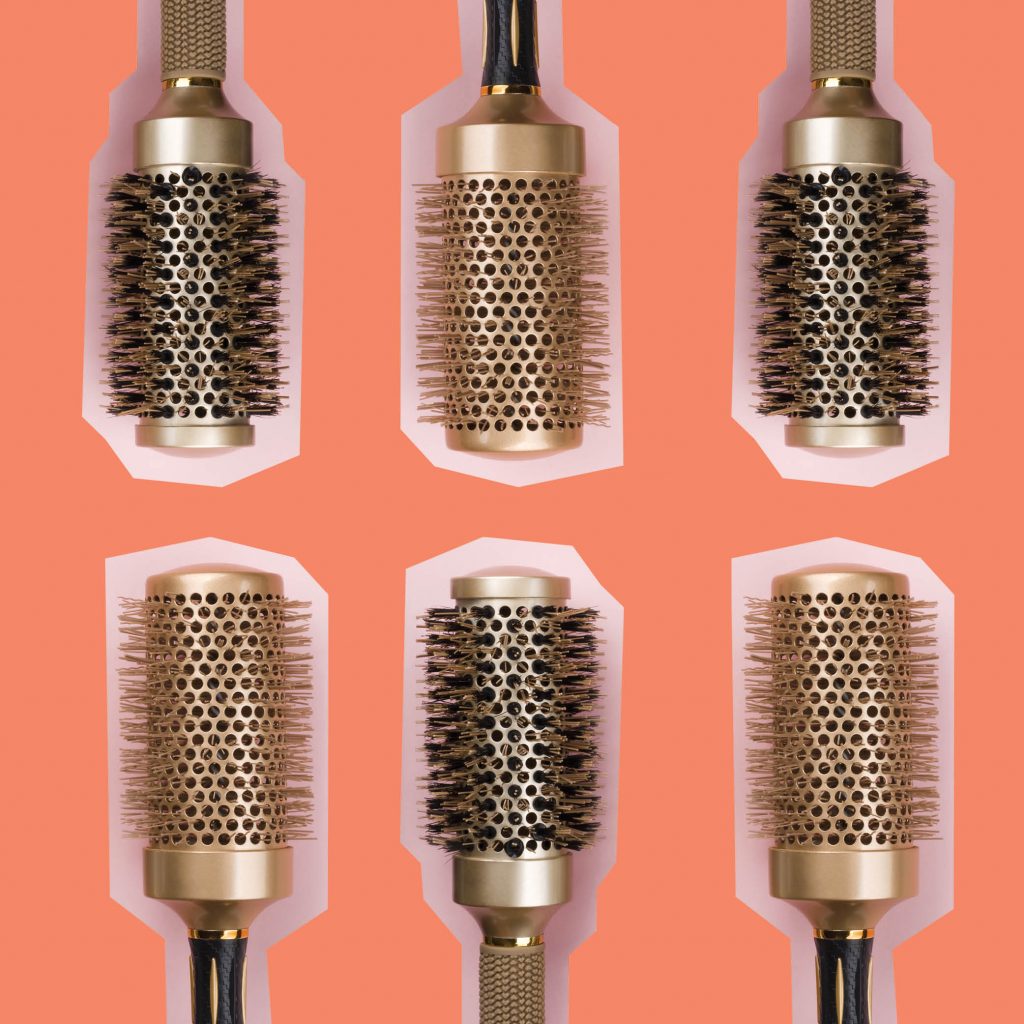
MYTH 7: You should brush your hair 100 strokes a day.
TRUTH: Whether you were told this by your grandmother or read it in one of the old magazines stashed around your hair salon, chances are you’ve probably heard some iteration of this over the course of your life, and yeah, it’s 100% false! One-hundred strokes a day is an excessive amount of brushing that can actually damage the hair and exacerbate hair loss for those with fine or thinning hair. While brushing is essential—it helps distribute oils from the scalp throughout the hair to keep it hydrated—it should be done gently and only as needed to detangle hair. It should also only ever be done with a proper brush—think a wide-toothed comb or a paddle brush with ball-tipped, plastic bristles—and never with a boar-bristle brush, as they can be especially harsh on your hair and scalp.
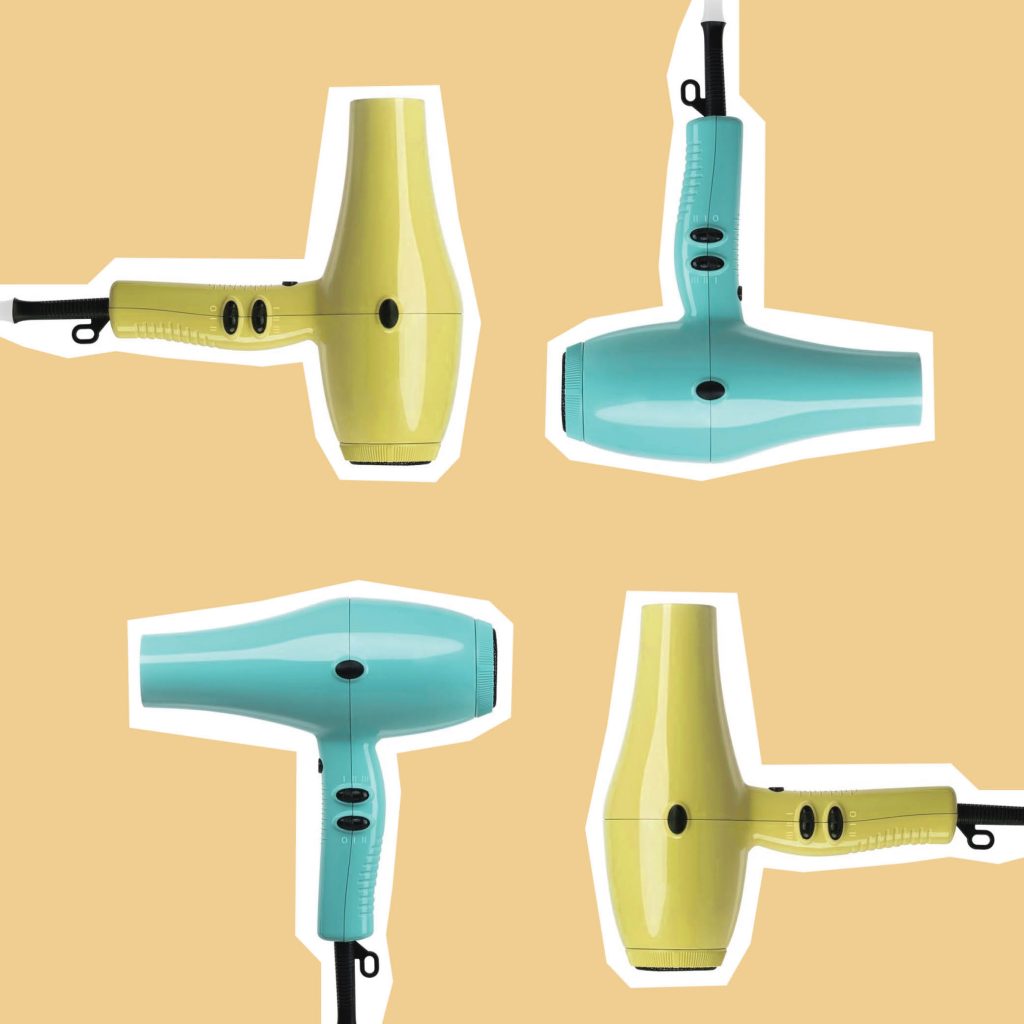
MYTH 8: It’s better to air-dry your hair than to blow-dry it.
TRUTH: Believe it or not, this one is actually both true and false. While it’s recommended that you spare your strands from a daily blast of hot air, it’s also not a great idea to air-dry them every day either. According to a recent study, blow-drying causes more damage to the hair’s surface, but air-drying actually causes more damage within the strands themselves, which may be worse (shocker, we know). That’s because when your hair is exposed to water for extended periods of time, it swells up and puts pressure on the proteins that keep your hair intact, potentially causing more damage than heat styling. Your best bet? Use the lowest heat setting on your dryer (or hold it at least six inches away from your hair), making sure to move the dryer continuously, so you don’t concentrate heat on any one spot for too long.

